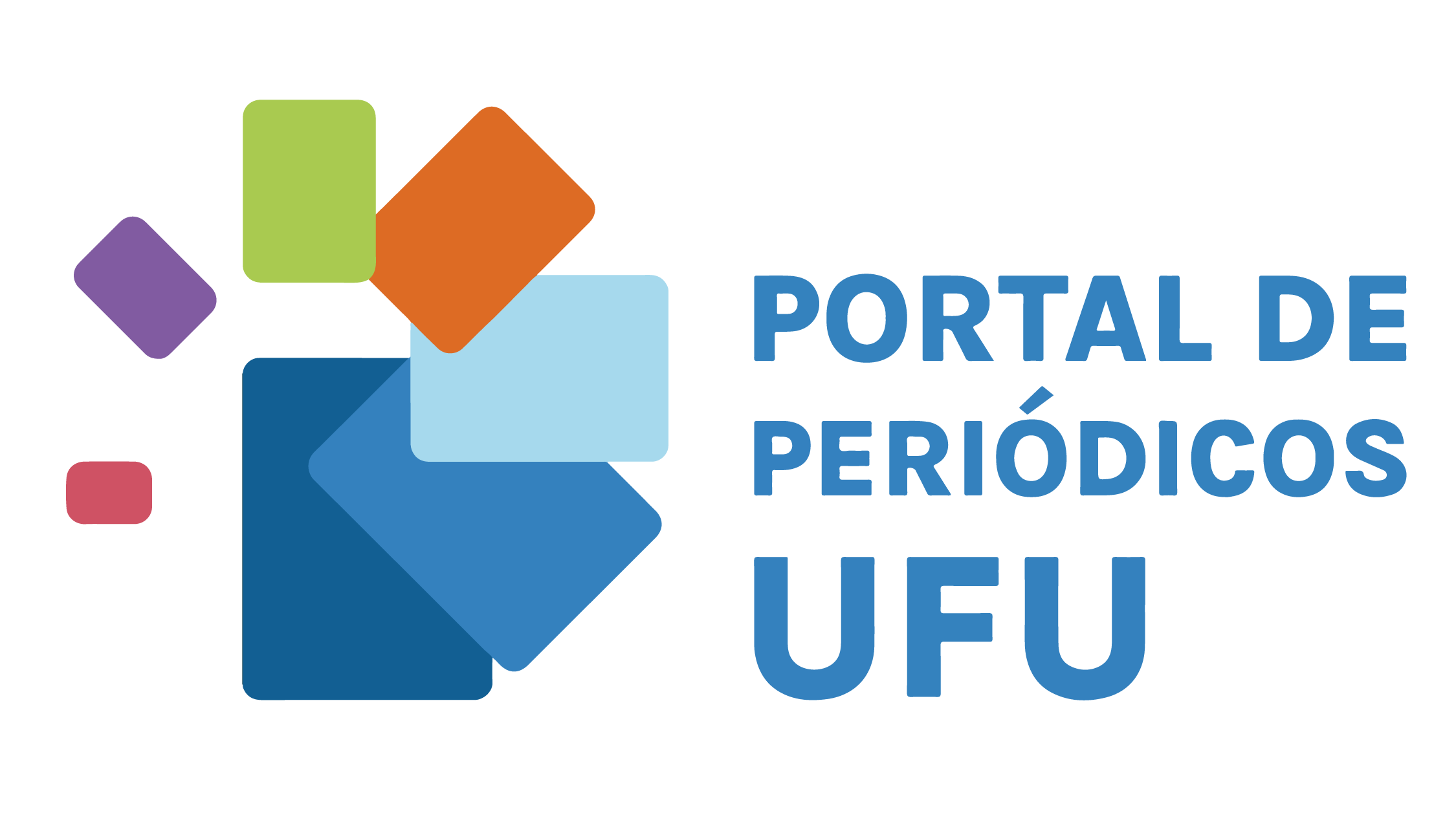The use of techniques for teaching English pronunciation
DOI:
https://doi.org/10.14393/DL30-v11n3a2017-12Keywords:
English as an L2, Pronunciation teaching, Teaching practices, Intelligibility, TechniquesAbstract
This ethnographic and qualitative research (ANDRÉ, 2003) aims to investigate the means by which the pronunciation of the English language is focused on by two teachers during their classes at a private language school in the city of Campina Grande (PB). The instruments used for data collection involve semi-structured interviews, observation and audio-recording of classes and field notes. The results obtained in this study indicate that the two participants taught the English pronunciation by using mostly the technique referred to as listen and imitate, as presented by Celce-Murcia, Brinton and Goodwin (2010), which is based on an implicit approach and depends on the ability of learners to listen and imitate the sounds of English as an L2.Downloads
Metrics
References
ANDRÉ, M. E. D. A. de. Etnografia da prática escolar. Campinas: Papirus, 2003. 114 p.
ALLWRIGHT, D.; BAILEY, K. M. Focus on the Language Classroom: An Introduction to Classroom Research for Language Teachers. Cambridge: Cambridge University Press, 1991.
BARNES, N. Does intonation matter?. Speak out! Journal of the IATEFL Phonology SIG – V. 3, N. 17, p. 25-28, 2004.
CAGLIARI, L. C. Análise fonológica: introdução à teoria e à prática com especial destaque para o modelo fonêmico. Campinas: Mercado de Letras, 2002. 208 p.
CANÇADO, M. Um estudo da pesquisa etnográfica em sala de aula. Trabalhos de Linguística Aplicada, Campinas, n. 23, p. 55-69, jan/jun. 1994.
CELCE-MURCIA, M. Teaching pronunciation as communication. In: MORLEY, J. (Ed.) Current Perspectives on Pronunciation: Practices Anchored in Theory. Washington DC.: TESOL, p. 5-12, 1987.
CELCE-MURCIA, M.; BRINTON, D. M.; GOODWIN, J. M. Teaching Pronunciation: A Course Book and Reference Guide. 2nd Edition. Cambridge: Cambridge University Press, 2010.
CRISTÓFARO-SILVA, T. Pronúncia do Inglês: para falantes do português brasileiro - Os sons. 1. ed. Belo Horizonte: Faculdade de Letras, 2005.
CRUTTENDEN, A. Gimson's Pronunciation of English. 6th edition. London: Arnold, 2001.
CRUZ, N. F. C. Minimal pairs: Are they suitable to illustrate meaning confusion derived from mispronunciation in Brazilian learners' English? Linguagem & Ensino, Pelotas, v. 8, n. 2, p. 171-180, 2005.
DALTON, C.; SEIDLHOFER, B. Pronunciation. Oxford: Oxford University Press, 1994.
DIONÍSIO, A. P. Análise da conversação. In: MUSSALIM, F.; BENTES, A. C. (orgs.). Introdução à linguística: domínios e fronteiras. 5. ed. São Paulo: Cortez, 2006. v. 2, p. 69-99.
HOTIMSKY, F. Making sense of stress placement. Speak out! Newsletter of the IATEFL Pronunciation SIG – v. 31, p. 25-28, 2004.
JENKINS, J. The phonology of English as an International Language. Oxford: Oxford University Press, 2000.
NUNAN, D. Research Methods in Language Learning. Cambridge University Press, 2003.
OXENDEN, C.; LATHAM-KOENIG, C. New English File Intermediate. Oxford University Press, 2006.
PENNINGTON, M. C. Phonology in English language teaching. Londres: Addison Wesley Longman Limited, 1996.
ROACH, P. Phonetics. Oxford: Oxford University Press, 2001.
TENCH, P. Pronunciation Skills. London: The MacMillan, 1981.
TRAVA-LÍNGUA. In: DICIONÁRIO Priberam da língua portuguesa. Disponível em: < https://www.priberam.pt/dlpo/trava-l%C3%ADngua>. Acesso em: 12 ago. 2016.
WALKER, R. Teaching the Pronunciation of English as a Lingua Franca. Oxford: Oxford University Press, 2010.
WARD, I. The Phonetics of English. Cambridge: W. Heffer & Sons Ltd, 1972.
Downloads
Published
How to Cite
Issue
Section
License
Authors who publish in this journal agree to the following terms:
Authors retain the copyright and waiver the journal the right of first publication, with the work simultaneously licensed under the Creative Commons Attribution License (CC BY-NC-ND 4.0), allowing the sharing of work with authorship recognition and preventing its commercial use.
Authors are authorized to take additional contracts separately, for non-exclusive distribution of the version of the work published in this journal (publish in institutional repository or as a book chapter), with acknowledgment of authorship and initial publication in this journal.









